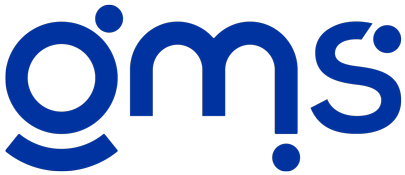EXPANDING YOUR GRANT FUNDER RESEARCH
<span “font-size:12.0pt;=”” font-family:”times=”” roman”,”serif”;mso-fareast-font-family:”times=”” roman””=””>The first step, is to ensure that you have strong ongoing grant research and planning best practices in place. To begin, I recommend putting grant research and potential grant funder relationship building activities directly onto your individual and department annual grant calendars so you are committing to the scheduled research activities as you do with your quarterly funder reports, annual LOIs, etc. The method and timeline you use is not as important as having the system identified and committed to your schedule.
<span “font-size:12.0pt;=”” font-family:”times=”” roman”,”serif”;mso-fareast-font-family:”times=”” roman””=””>I have successfully seen numerous systems work, including but certainly not limited to:
- Spending 15 minutes each morning going through the Federal Register and Grants.gov listing;
- Spending 30 minutes each Friday afternoon researching new RFPs and potential funders and putting that research onto the calendar for additional follow-up and outreach in the upcoming weeks;
- Spending 1 hour every other week reaching out to your state department contacts (be it Education, Health and Human Services, or Transportation) to talk about upcoming budget line items and your current programs’ alignment with state policy priorities;
- Setting aside one day each month to research, dig, and make phone calls related to potential new grant revenue sources including federal, state, and private opportunities; and
- Saving research as the unscheduled “filler” when an application narrative or budget is giving you particular trouble and you need to step away from what you are writing in order to give yourself some fresh perspective.
<span “font-size:12.0pt;line-height:107%;font-family:=”” “times=”” roman”,”serif””=””>Below is an example of what your proactive grant calendar may look like after you have spent time familiarizing yourself with the work that needs to be done to maintain your existing grant funding and grant funding relationships. The sample proactive grant calendar also reflects what the steps are to move a potential grant source into the next phase of research beyond the funding database or online article – researching funders via social media, starting to do relationship building outreach, etc.

<span “font-size:12.0pt;line-height:107%;font-family:=”” “times=”” roman”,”serif””=””>I can hear the objections that follow. “We have a grant calendar and we do all of those things you mentioned about grant research. How do we identify “new to us” grant funders?”
<span “font-size:12.0pt;line-height:107%;font-family:=”” “times=”” roman”,”serif””=””>I will dig into the specific research tools that can help you do that during the next blog post as well as in much greater detail during the May 20, 2015 webinar provided in partnership with GMS Accounting. I hope that you will join us! Registration is available HERE.



